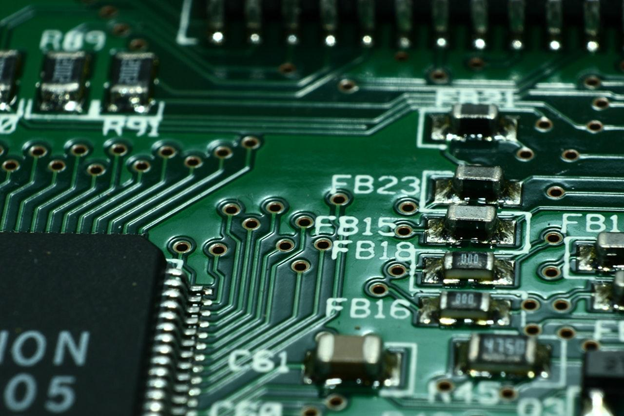2017 saw a lot of progress in the embedded technology space. Companies innovating in the space did more to push the various technologies out of labs and into production. In 2018, expect to see more of this including the consumerization of embedded technologies.
Three of the areas that will see massive investments in embedded technologies are IoT, processors and AI. One notable change we will see is the push for more mainstream applications of embedded technologies.
This means there will be greater focus to see these technologies deployed in cars and other consumer electronics and appliances.
In this article, we will briefly go over some of the trends that will push embedded technology to its limits. We’ll cover the areas of IoT, processor technology, and AI.
-
The IoT (Internet of Things)

The idea of the IoT has until now surpassed the reality on the ground. The novel idea that “things” could think and interact with each other sparked the curiosity of many a person. This trend today, however, bears the seeds of a technological revolution as never seen before.
As technologies surrounding embedded systems advances, IoT devices will continue to proliferate. Previously, the technology was used for high-tech applications. As this trend pushes on, we will see IoT applications move into more consumer-facing devices.
Smarter embedded systems that use less energy yet have higher processing capabilities will herald a new dawn of applications. Smart embedded systems with built in awareness will go as far as to change how consumers interact with devices and technology altogether.
-
Processors

Processors have been to date the biggest encumbrance to greater advancements in embedded systems. Low processing power coupled with high energy requirements has made it difficult for embedded technologies to be deployed in some scenarios.
With the release of advanced processors such as ARM’s Cortex-M23 and Cortex-M33, this is likely to change. Built on next-generation chipsets, these processors are poised to create new frontiers for embedded technologies.
Custom SoCs and ever-increasing cores-per-chip will also be a driving factor as processing power continues to increase exponentially.
Also look out for Deep Neural Networks (DNN) and deep learning to play a significant role in how embedded technologies are used.
-
Artificial Intelligence

AI is the possibly the tech trend to end all trends. When it comes to embedded technologies, AI is the ultimate solution to “dumb” devices. The killer application, if you may. While programming and optimization helps create dynamic devices, AI will unlock the true potential of embedded systems.
DNN and machine learning will occasion the rise of truly smart and dynamic devices that can adapt to changing scenarios and even reprogram themselves. One of the interesting ways AI can be applied is as a black box able to supply crucial functionalities when needed. For instance, if image recognition is required.
One natural outcome of AI will be the ability to process and interpret tremendous amounts of data. Translating this into actionable insights in real time that then informs the actions of other embedded systems will be a true game-changer.
While AI seems like a blessing, technology greats like Tesla founder Elon Musk warn against its potential risk to humanity.
Other trends that will have an impact on embedded technologies are storage and VR. Embedded technologies occupy a crucial niche in how real-world technologies function. While most will take time to go mainstream in consumer applications, these trends will push them to the limits of what is possible.







Be the first to comment on "3 Trends That Will Push Embedded Technology to Its Limits"